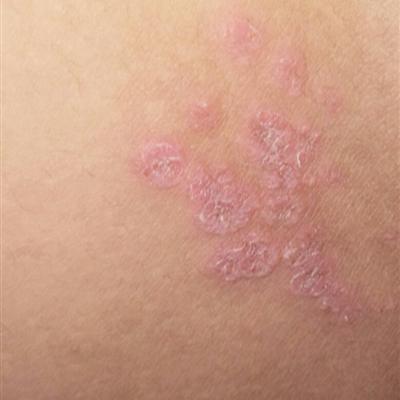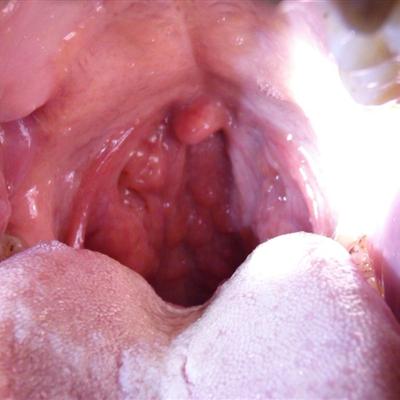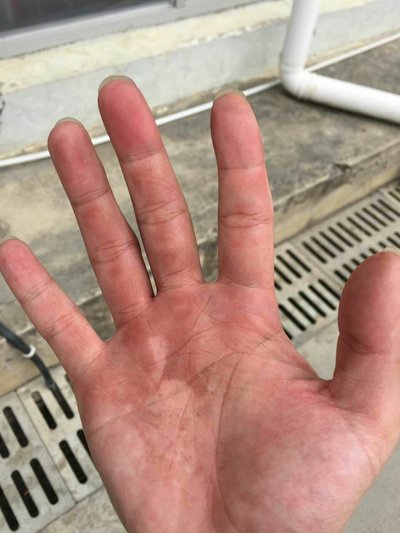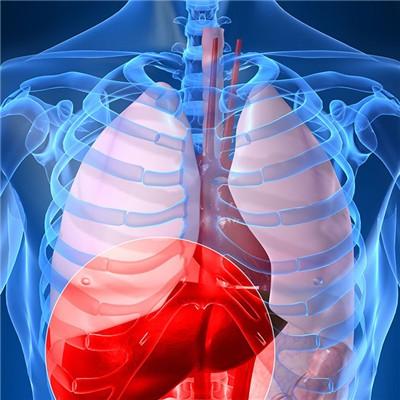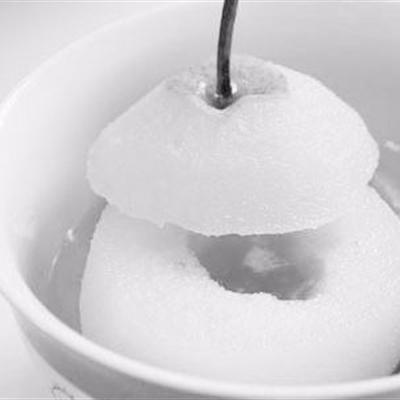What symptom does knee joint cartilage damage have?
summary
With the increase of age, cartilage damage is inevitable. We know that before the age of 30, the cartilage of the knee joint has the ability to regenerate and may repair itself. Although there is sport wear, its growth ability can supplement its wear. What symptom does knee joint cartilage damage have? Next, I'd like to share my views with you.
What symptom does knee joint cartilage damage have?
First, it is characterized by aggravation of pain and relief of rest during long-term activities, and pain can still be aggravated or even heavier during further activities. It is particularly difficult to go up and down stairs. You can only use one leg with good legs or mild symptoms to go up and down stairs. You can't go up and down stairs alternately like normal people. It is often more difficult to go down stairs than to go up stairs.
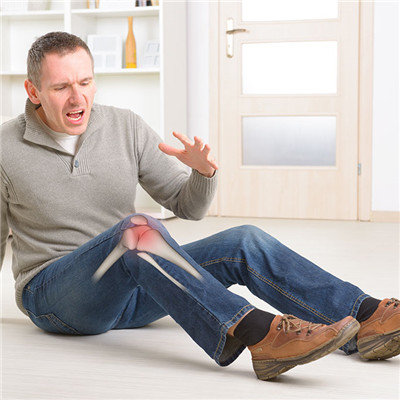
Second: joint sprain, cold, overwork can often induce or aggravate joint pain. Severe pain can not move legs, and affect sleep. Joint swelling comes from synovial hyperplasia and intra-articular effusion. At the beginning, it often occurs due to sprain and cold, and then it will become persistent swelling. When the joint moves, there is a sense of friction or listening to the bounce.
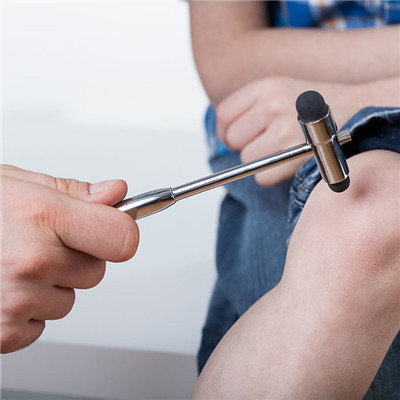
Third: soft legs. For walking knee joint suddenly soft, want to kneel down or fall phenomenon, can be accompanied by severe pain“ "Sticking" phenomenon: that is, after the joint has been stationary for a long time in a certain position, it is very painful when it moves again, and it can't bend or extend. It must move slowly and gradually for a while before the "sticking" phenomenon disappears, and the knee joint can only bend or extend. If you take a bus, you often need to stop ahead of time, so the patient has to stand up and move his joints to get off the bus.
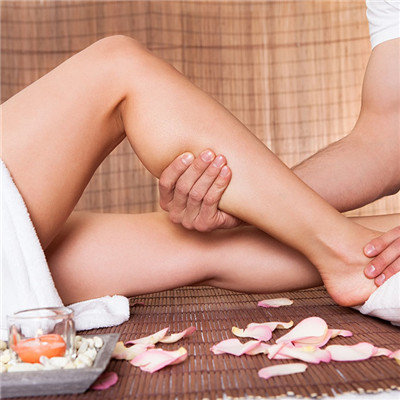
matters needing attention
1. Pay attention to the posture of walking and working. Don't walk and work with your body twisted. Do not wear high-heeled shoes when walking long distances, but wear thick and elastic soft soled shoes to reduce the impact on the knee joint and avoid knee joint wear. 2. Try to avoid obesity, prevent aggravating the burden of the knee, once the body is overweight, we should actively lose weight and control weight.

